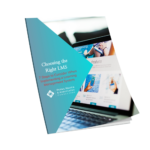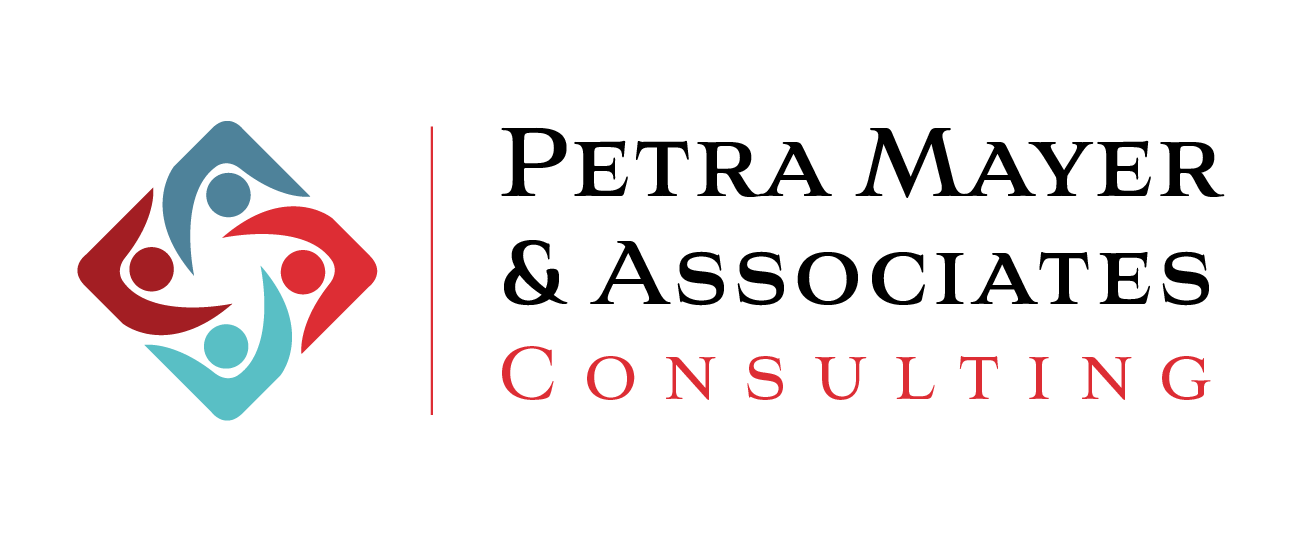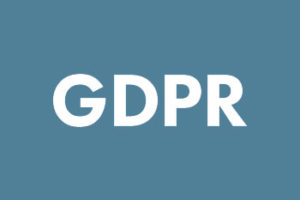When you implement a Learning Management System (LMS) there are many things to consider. In recent articles I have covered the benefits of a Needs Assessment and how eLearning and Online Training Platforms consider new eLearning Trends. In this LMS Feasibility case study I bring this to live with a specific example.
LMS Feasibility – Practical Example
In today’s Video Article I describe a practical case study of assessing the feasibility of a Learning Management System implementation for a municipality. The process described can also benefit any other system implementation project.
Feasibility study for a Learning Management System (LMS) based on a Request for Information (RFI) and 8 vendor responses.To find out more about the LMS Feasibility project, please read my article LMS Implementation Without Frustration.
![]()
Transcript of the LMS Feasibility case study
In this case study I will explore the process of conducting a feasibility study for a Learning Management System implementation.
I am Petra Mayer of Petra Mayer Consulting and I completed the Feasibility Study I am introducing in this Case Study for a municipality in the lower mainland of British Columbia.
The Situation
The director of HR and the CIO of a municipality in the lower mainland had a problem. They had issued a Request for Information, or RFI and received 8 responses from various software suppliers and they had no resources with know how of how to analyze these responses and come up if introducing an LMS into their organization is going to be feasible.
Objectives
They reached out to me to answer three primary questions for them:
Is a solution to the requirements identified by the municipality available by an LMS provider? They simply wanted to know if there were gaps that meant that their needs would not be satisfied.
What is the range of costs for LMS systems to be considered in the city budget? They wanted to have a clear guide for their upcoming budgeting process.
Is it feasible for the municipality to implement an LMS based on:
- Budget accessibility
- Implementation resource planning?
They knew, budget is not everything. Even if they have the funds, they may not have the resources to do this work, particularly when considering competitive projects on their books.
My Role
- Analyze the RFI responses versus requirements
- Identify potential gaps
- Compare cost options and propose budget needs
- Develop a draft Project Plan
- Identify the needs for the implementation team
- Define implementation tasks
Methodology
For this project, I developed my own methodology, making sure to check in with the client regularly to obtain their buy-in and ensure alignment.
The initial task was to do a thorough analysis of the RFI responses they had received.
Based on this analysis I moved to recommendations. I had noted a few things in their process that made the analysis of the data ambiguous and I wanted to ensure that in the future they would have more detailed requirements to ensure that vendor responses can be more easily interpreted.
Then I moved into planning, bringing some of the planning tasks that a project team would do into this process. This was key for my client who felt that they had a much stronger understanding of the project and how a project like this would impact their team.
The initial analysis focused first and foremost on the requirements. Assessing how each of the vendors meets the requirements was a primary objective of this project. It was also to highlight any potential gaps that may not be met. In order to do that I calculated a match rate for each requirement and vendor. Giving points between 1 and 5 of how they fulfilled the requirements helped to identify the suppliers that will meet requirements and also identify any possible gaps.
Further, the analysis was to provide understanding of the budget that would need to be acquired to conduct a study such as this one. Vendors had provided costs that were not easily comparable as they had not been given very distinct requirements in this area. I needed to analyze the cost over a longer time period and was then able to compare the costs with each vendor’s anticipated match of the requirements.
Recommendations focused on improvements for the RFP process. As this client wants to go to RFP once budget has been secured, this will help them making the RFP response analysis easier.
I also added recommendations for the Project Management of a project of this size. Having met some members of the organization, I was able to make recommendations that can be incorporated into the budgeting process. In this case I recommended a dedicated Project Manager, either internal or external, that would help move the project to completion.
This brings me to the Planning Phase. In order to give the team a better idea how this project will impact their operations, I created a project plan and estimated resource hours across the anticipated project team. This will help the organization to plan the project accordingly and to obtain buy-in from Subject Matter Experts.
One key component to this was to create a list of Implementation Tasks. This was particularly challenging as the type of system obtained and vendor contracted will have an impact on this. I created a RACI Chat that helps identify the resources who will be responsible or accountable for the task and who will need to be consulted or informed.
Analysis: Costs versus Match
My client particularly appreciated how I was able to demonstrate the volume of information in easily digestible chunks.
For example, I created a graphic that showed each of the vendors investment over a five year period versus their match to the requirements set by the municipality.
Vendors higher on the graph meet the requirements better. Vendors to the right of the graph and with bigger bubbles, require a greater investment over the anticipated 5 year initial contract term.
Using this graph, clearly identified one particular vendor who had favourable pricing and also demonstrated that they would be able to meet the requirements set in the RFI.
This does not necessarily mean that this will be the winning vendor. Understanding how each vendor implements a project like this and how they will support the client post-implementation is also very important and must be considered in the decision process.
RACI Chart
In order to determine the feasibility of the project based on resources I needed to go into much greater detail understanding the project on a task level. For this purpose I created an implementation task list and analyzed it as a RACI chart.
Roles were assigned to the task as to who is responsible and actually performs the activities to achieve the deliverable of the task,
Accountability defines who is answerable that this task is completed.
This chart also defines who needs to be consulted and who needs to be informed.
Once a vendor has been selected, this chart should be reviewed and updated as part of the project planning sessions.
Many tasks may shift depending on the vendor. Some vendors are taking on the majority of tasks for configuration and customization. On the other hand, vendors of off-the-shelf projects may pass this task to the client for the incentive of lower software costs.
Project Plan
The project plan was based on the RACI chart of the implementation tasks. This is only the top-line report. Under each of the coloured lines are specific tasks that are listed in the RACI chart. Based on those tasks, I assessed the estimated hours of the team we had identified for planning purposes.

The Result
The outcome of the Feasibility study is a concise document that allowed the client to balance the needs for this project against other project priorities and to budget for the LMS. It also gave them some insights into the RFP process and how to gain buy-in from other Subject Matter Experts.
The overall Feasibility Study was a 70 hour project, coming in 50 hours under what we had anticipated, despite the fact that we added a number of valuable components such as:
- RFP Recommendations.
- Suggestions how the Project Team should be made up.
- Assessment of the training that needs to be transitioned to the new LMS.
- Sample Project Plan for the implementation.
- Benefits analysis for an LMS for the organization.
This was an incredibly fun and rewarding project for me and left the client also very satisfied.
If you are undertaking an RFP for a Learning Management System, or any other IT system for that matter, consider the approach I demonstrated here.
I invite you to contact me for your LMS implementation project.
I would be delighted to support you in your RFI or RFP process or act as your project manager for the implementation of the system.

Have you seen our free White Paper: Choosing the Right LMS? Download it now!

